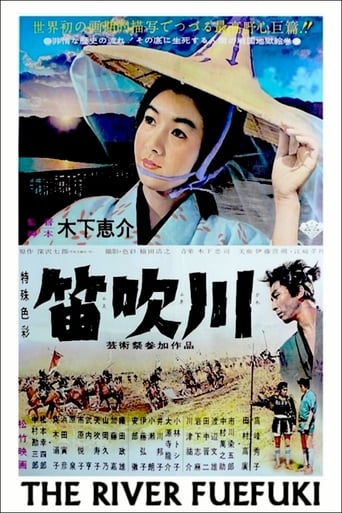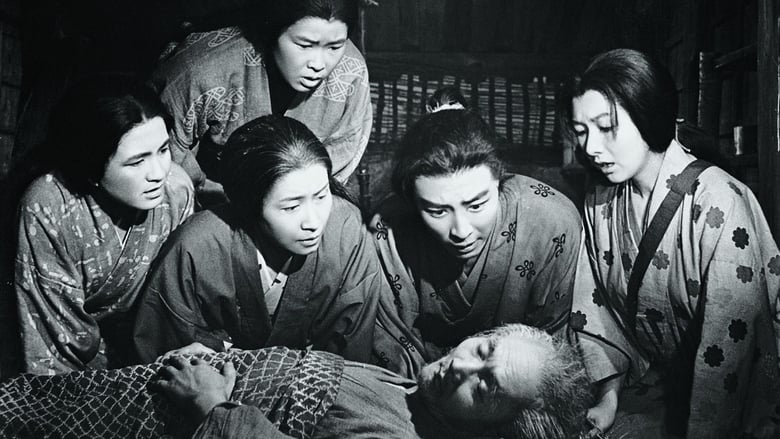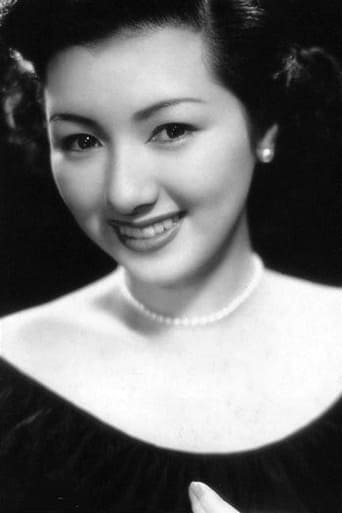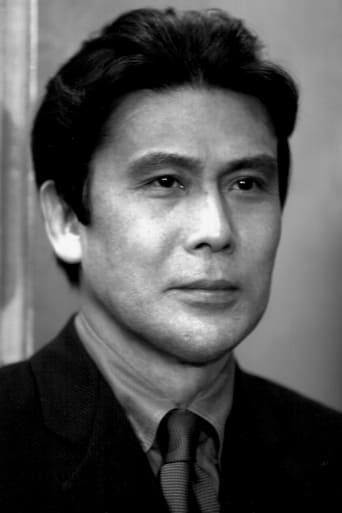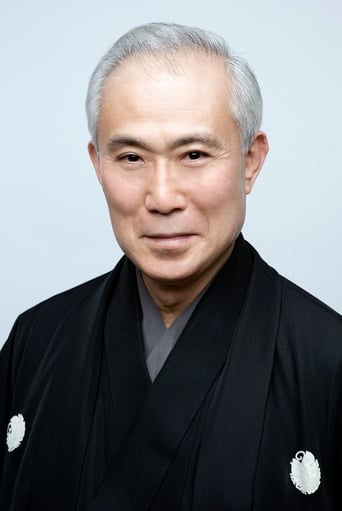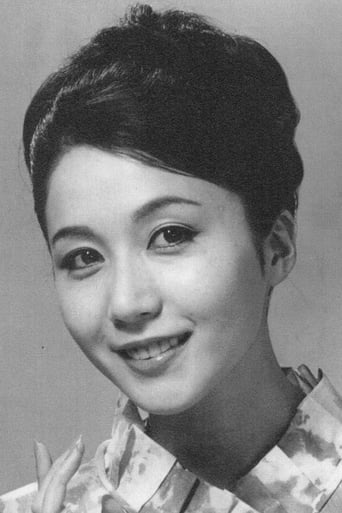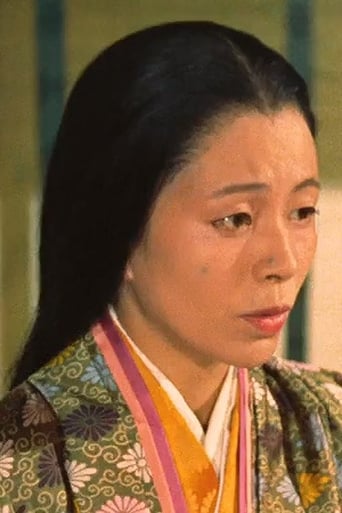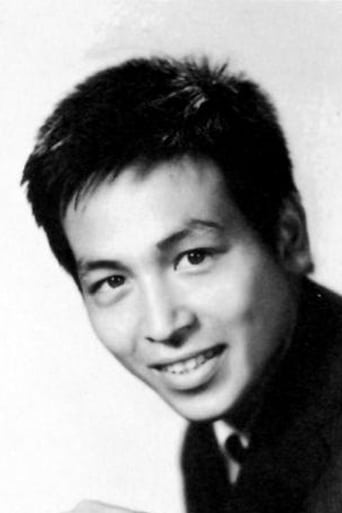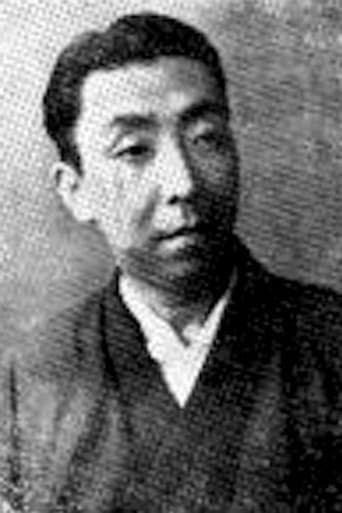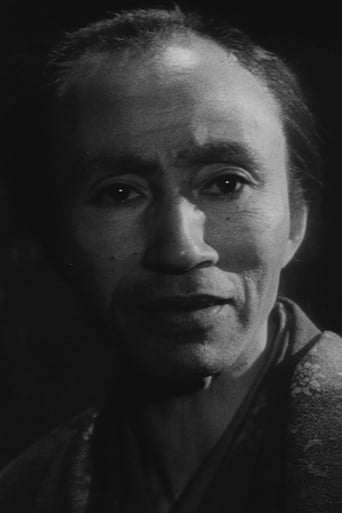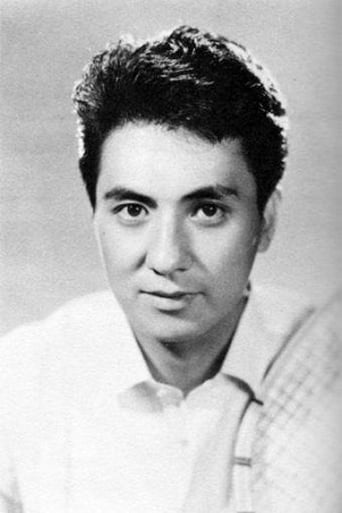In a time of continuous civil wars ravaging the fields of feudal Japan, the eldest son of a very poor peasant family, living alongside the bridge over the Fuefuki river, decides to serve a warlord to escape his miserable condition, being soon followed by his younger brothers. Although not all the men of the family take this tragic path of death, women of the family will be doomed to endure the pain of loss during the next five generations.


Similar titles



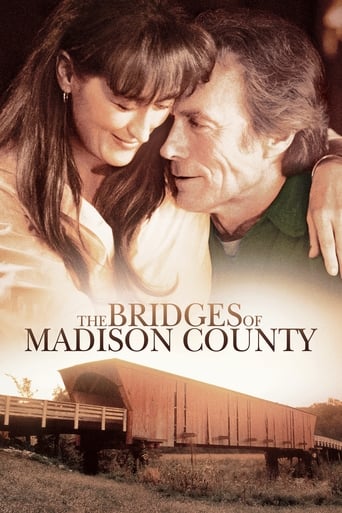


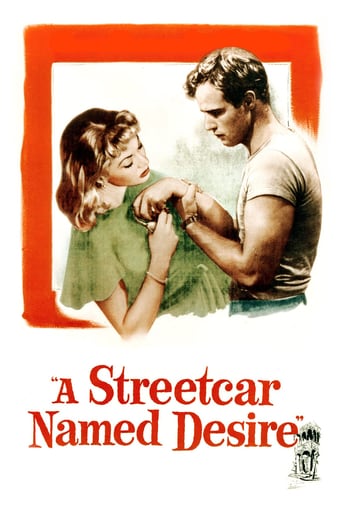
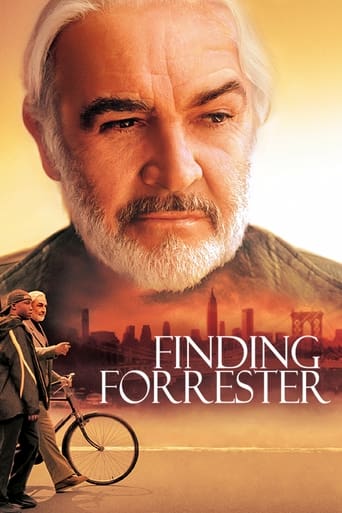

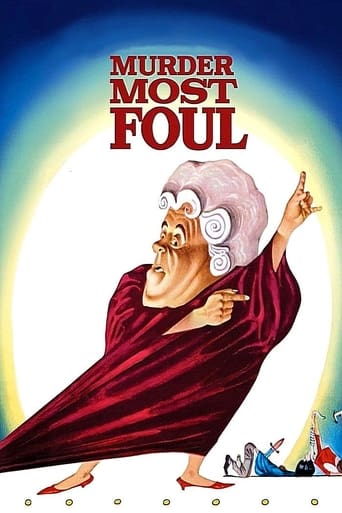
Reviews
THE RIVER FUEFUKI (FUEFUKIGAWA). Viewed on Streaming. Restoration = eight (8) stars; cinematography = six (6) stars; subtitles = six (6) stars; choreography = five (5) stars; frame painting / color filtering = two (2) stars; "music" = one (1) star. Director Keisuke Kinoshita's feudal-period drama wherein farmers are given the choice of a slow death as the numbing life of a peasant or a quick one in battle. Four generations (more or less) are shown to prefer the latter (both males and females). That's the movie. Kinoshita employs a boatload of technical tricks to disguise this threadbare, simplistic pacifist plot. Most are not particularly successful. Cinematography ( 2.35:1, black and white) is marred with frames of what look like hand-painted color swatches and objects (in static scenes) that resemble a five-year-old's coloring book. (Very distracting.) Some scenes are shot with color filters (seemingly at random) and an occasional set of freeze frames are tossed into the pot. Script typically has characters providing expository text (by commenting on what they are seeing and the viewer is not) rather than exchanging lines of dialog. Actors are rarely given a chance to reach out to and engage the audience, since the Director persists in using long shots to fill the wide-screen format. Acting (when you can see it in medium shots and close-ups) is not particularly well done. Talented actress Hideko Takamine is pretty much wasted even though she ages about 40 years during the film (her character has a limp which is about the only way the viewer can identify her in all those long shots!). A solitary Noh singer (usually filmed with a blue filter) is used as a Greek Chorus which adds not much to the proceedings. "Music" mainly consists of a temple gong and small hand-held temple bell (no temples are shown in the film). Sound of the latter seems ever present to the point that some viewers may be driven to turn off the audio! The same battle scenes are reused, but given different battle names. Battle deaths are poorly choreographed and far from convincing. Sloppy editing shows ropes employed to keep tourist at bay in one interior set (used for a feudal lord's residence). Subtitle flash rates are occasionally excessive. An insomnia countermeasure! WILLIAM FLANIGAN, PhD.
I would really love to see again this film, which I've seen in São Paulo in 1961. Besides the positive aspects mentioned by the reviews already posted, I would emphasize another quality: some events are presented two or three times from the point of view of the different characters. As the events are not organized in chronological order, and the situations, faces and happenings are similar, the film seems absolutely confusing, till you realize what is intended to be shown: the reality is repetitive, but unique for each person, and each event must be understood from different angles. It's a pity that this film is not available on DVD.
I'm not one to usually comment on movies on IMDb, but I think the fact that the only review that shows up on the site says "Depressing" and gives it a low mark, I had to resolve that issue.This movie is absolutely amazing. Firstly, the scope of the story is really quite amazing. We basically have six generations of one family, and their story. The story itself isn't really complex, but it really does linger in your mind for a while after watching the movie. The basic story is the how futile fighting can be. The acting is top notch, there isn't a bad performance in the lot. I thought the color effects were a little weird, and I'm not sure I understood the point of them. It didn't take away from the movie at all though.This is an amazing film. Is it sad? Yes, it is, but that doesn't mean it shouldn't be watched. This is really a hidden gem of Japanese cinema, and I'd love to see it get a US release at some point.
Rating - 4/10The enigmatic title is explained near the end, which more or less paraphrases "Ol' Man River" - he just keeps rollin' along, regardless of the follies of man. The films set in the "turbulent century", and was it ever ! The film's two hours covers about 70 years, and there's a battle nearly every five minutes. The large cast of characters, principally of one small family, deal with the age-old problem of the young getting carried away with war and the older warning them how futile it all is. There are a number of deaths which coincide closely with births, and the characters assume they therefore know where the souls have reincarnated.The war-is-futile message is hammered home without subtlety and, despite the downtrodden gaining occasional triumphs, it's all very depressing. The only character who has a good laugh is killed shortly afterwards, and partly for that reason !The strange aspect of this film is that it is part-colourized. In many frames, these are simply large splashes of colour laid-over, and they look terrible and amateurish. Other frames have more minute and detailed colorization, which is quite pleasant. But the film would have looked better if it had stuck to B&W only.The four points I've awarded this film are mainly for the acting, which is good to great throughout. The oval-faced beauty Hideko Takamine is very watchable for the first half at least, but has far less to do than some of her other roles. The actress (name unknown) who plays the pretend-madwoman Tatsu is a standout.But it takes more than good acting to make a good pic. I cannot recommend this pic.
